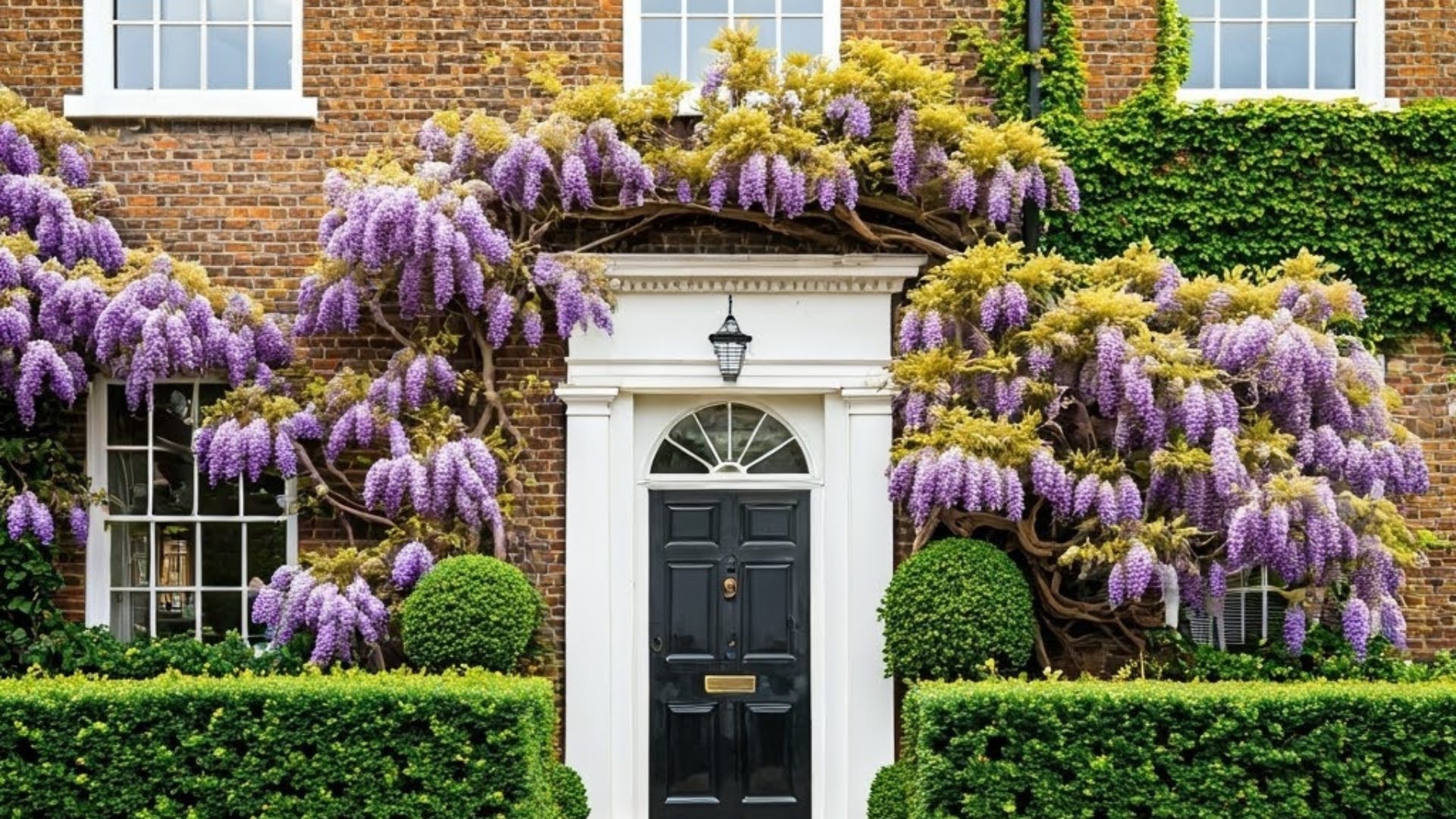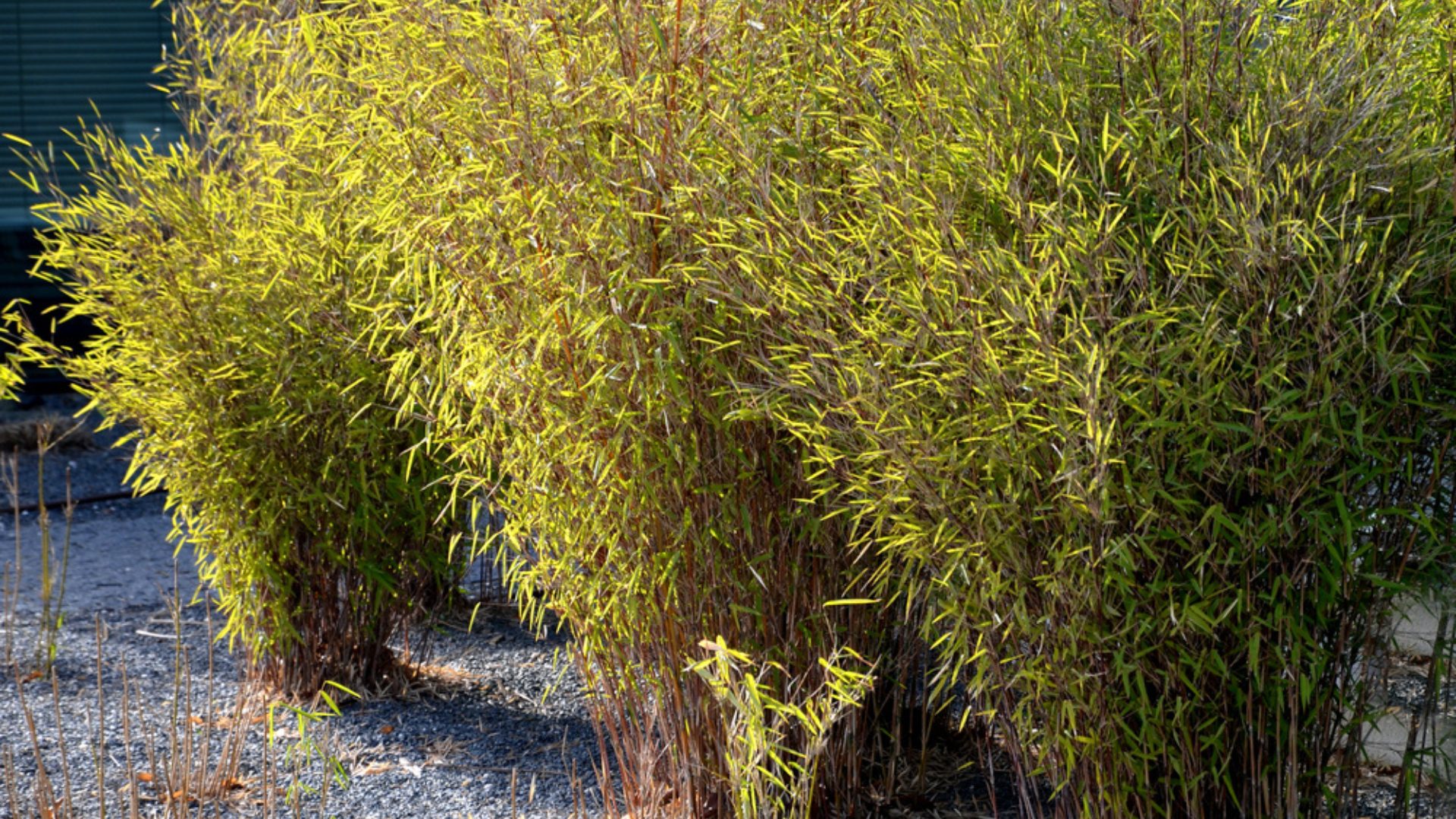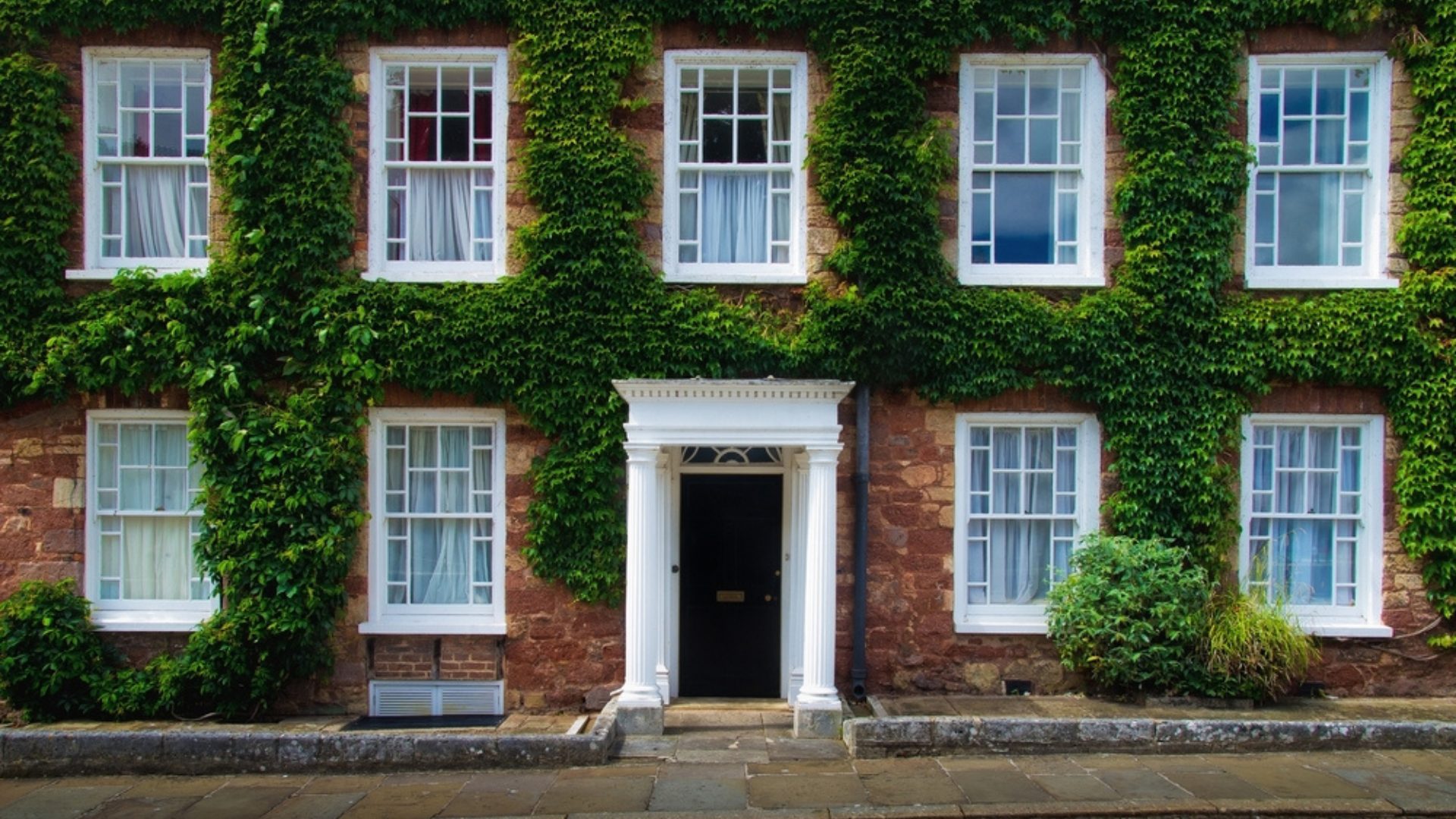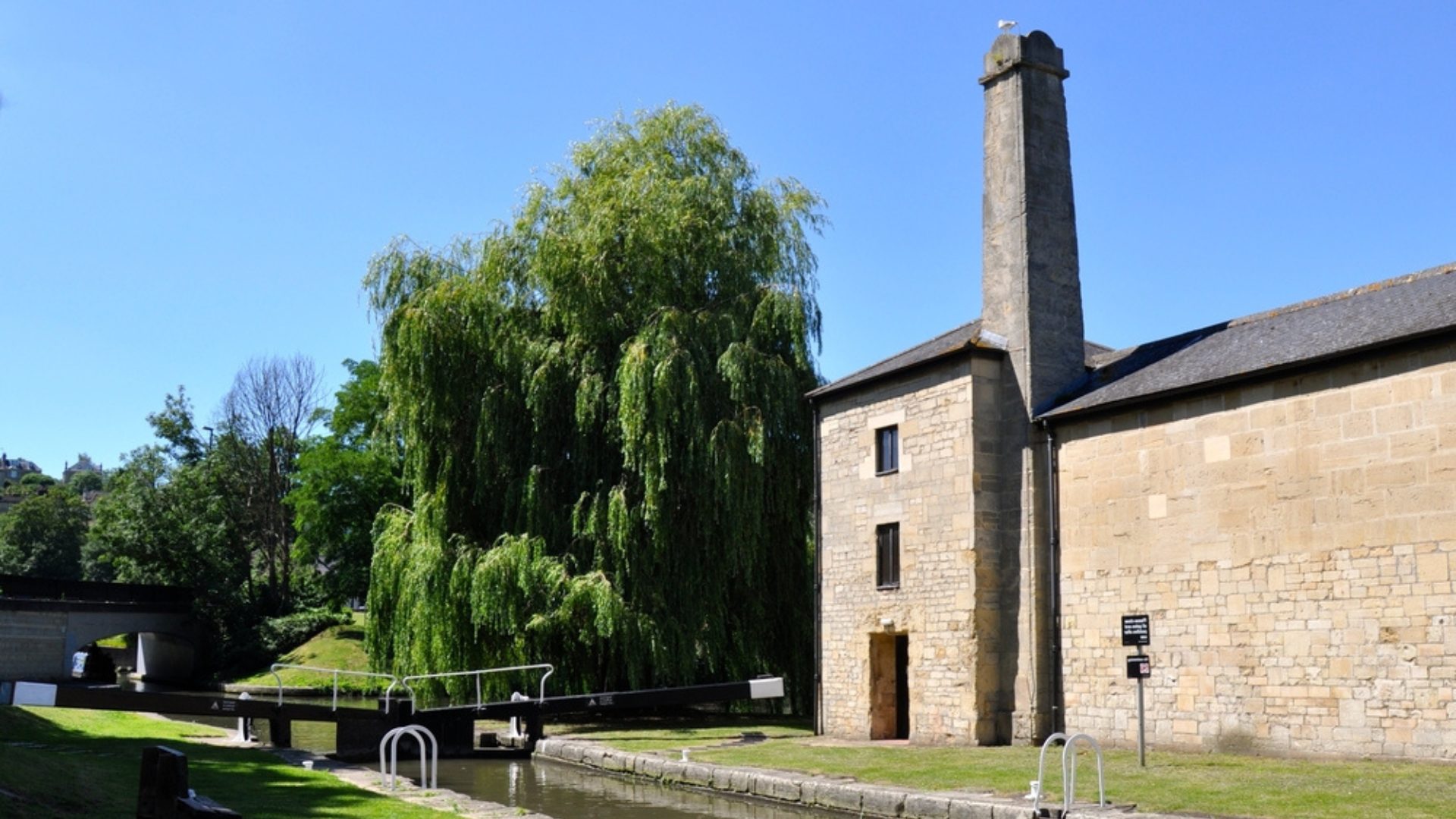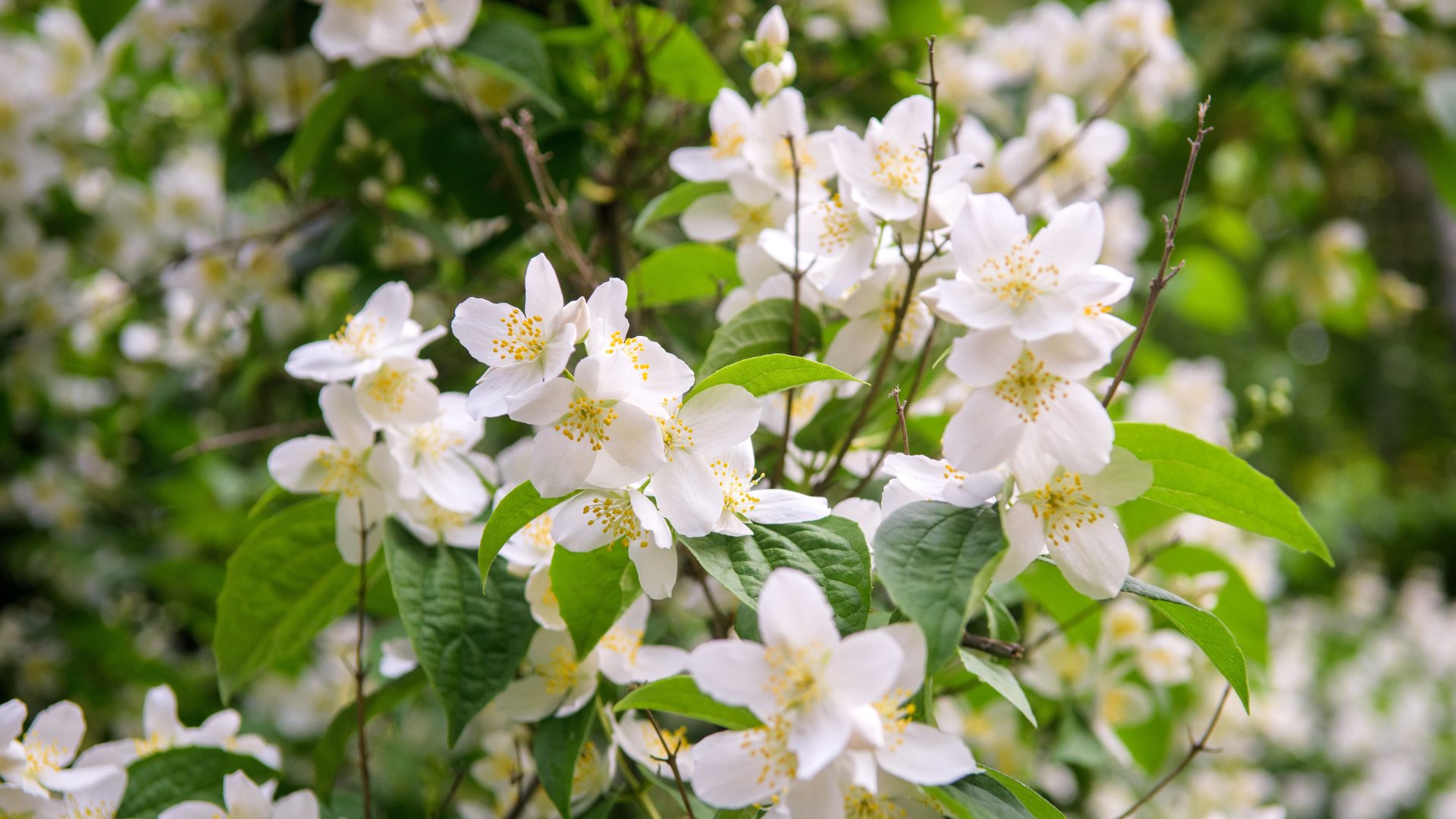How can bamboo damage a home?
Often planted for privacy or its exotic aesthetic, bamboo can quickly become a garden nightmare.
Once established, its underground roots spread aggressively, sometimes metres beyond the original planting area. They’re capable of lifting patio slabs, breaking through driveways, and, in more extreme cases, even surfacing through floorboards inside homes.
Bamboo roots won’t typically crack a solid foundation on their own, but they will exploit cracks and gaps, similar to Japanese Knotweed. They can also block drains and pipework and destabilise garden walls or fences by growing underneath.
Does bamboo have any insurance and legal implications?
It’s not specifically excluded from all insurance policies yet. However, insurers usually class damage from plants as gradual and preventable. If it’s determined that the bamboo was planted deliberately or allowed to spread unchecked, any resulting damage may not be covered, with claims potentially rejected due to poor maintenance.
Currently, there are no laws banning the planting of bamboo in the UK, but legal responsibilities still apply. If your bamboo encroaches on a neighbour’s property and causes damage or nuisance, you could be liable for a civil nuisance claim.

3. English ivy
English ivy is a classic sight on British homes and garden walls, loved for its evergreen charm and cottage core appeal. But don’t let appearances fool you, ivy is notorious for causing damage to the very structures it clings to.
How can English ivy damage a home?
Its small aerial roots are deceptively powerful, capable of digging into cracks and mortar joints. As the plant grows, it thickens and pulls at these weak spots, widening gaps and potentially dislodging roof tiles, pulling gutters away from walls, and leading to water ingress or structural strain.
Does English Ivy have any insurance and legal implications?
Insurers typically see damage caused by ivy and other creeping plants as a maintenance issue rather than a sudden, insurable event. If ivy contributes to structural damage, a claim may be refused on the grounds of neglect. Regular trimming and keeping ivy away from the main structure is strongly advised.
There’s also a potential legal complication to consider. Ivy provides shelter for nesting birds, and under the Wildlife and Countryside Act 1981, it’s illegal to damage or destroy any active wild bird’s nest. If you’re thinking of removing ivy, always check for nesting activity, especially during spring and summer.

4. Tall trees
Trees can add beauty, shade, and value to a property, but if they’re too close to your home, they could be doing more harm than good. Many insurers are wary of trees over five metres tall growing within seven metres of a property, and with good reason.
How can tall trees damage a home?
Large trees draw considerable amounts of moisture from the ground, which can cause soil to shrink and shift, especially on clay-rich soils, leading to subsidence. Their roots can also infiltrate drains, crack pipes, or disturb the soil beneath foundations. Even removing a large tree isn’t without risk. Sudden changes in soil moisture levels can lead to ground heave, landslip, or renewed structural instability.
If you’re concerned about how subsidence could affect your home insurance, our guide explains what’s covered and how to stay protected.
Do tall trees have any insurance and legal implications?
If you have a tall tree near your property, make sure your insurer knows about it. Not disclosing it could invalidate your home insurance policy if damage later occurs. Even if a tree has been there for years, proactive maintenance and open communication with your insurer can help you avoid costly surprises.
While there’s no law against planting large trees or hedges in your garden, legal responsibilities do come into play if they begin to impact others. If a tree on your property causes damage to a neighbour’s home, garden, or drains, you could face civil action to recover the cost of repairs.
In addition, under the High Hedges provisions of the Anti-social Behaviour Act 2003, you could be legally compelled to cut back or reduce the height of trees or hedges if they are found to block light or significantly impact a neighbour’s enjoyment of their property.

5. Jasmine
Another garden favourite, jasmine, is loved for its delicate white flowers and unmistakable fragrance. However, while its scent may be unbeatable, jasmine can quietly cause damage if left unchecked, particularly when grown close to the home.
How can jasmine damage a home?
In summer, jasmine can form a thick green mat that masks underlying vulnerabilities. If the brickwork is already weathered or cracked, this prolonged moisture exposure can lead to damp problems, especially in older buildings. Jasmine can also obstruct gutters, downpipes, vents, or air bricks, reducing airflow and creating ideal conditions for water ingress and mould.
Does jasmine have any insurance and legal implications?
As with other climbing plants, insurers usually view damage caused by jasmine as avoidable through routine maintenance. Claims involving damp, blocked drainage, or compromised rendering are likely to be declined if visible plant overgrowth is found to be a factor. To enjoy jasmine without the drawbacks, it’s best kept well-trimmed and away from key ventilation points or weather exposed areas.
If you enjoyed this article, you might also like our range of home insurance guides. To get articles like these sent straight to your inbox once a month by signing up to our newsletter.
